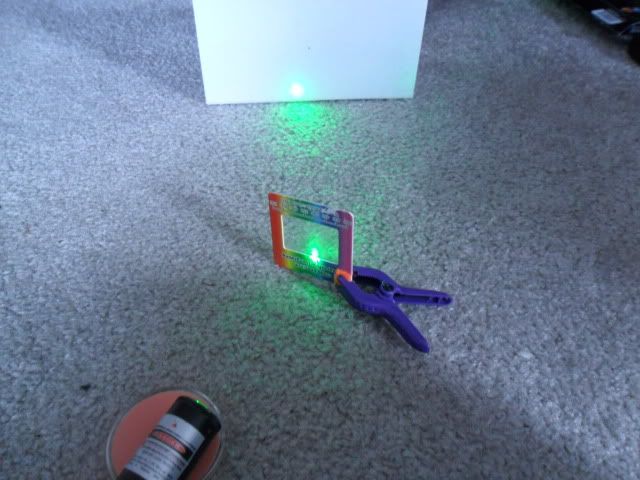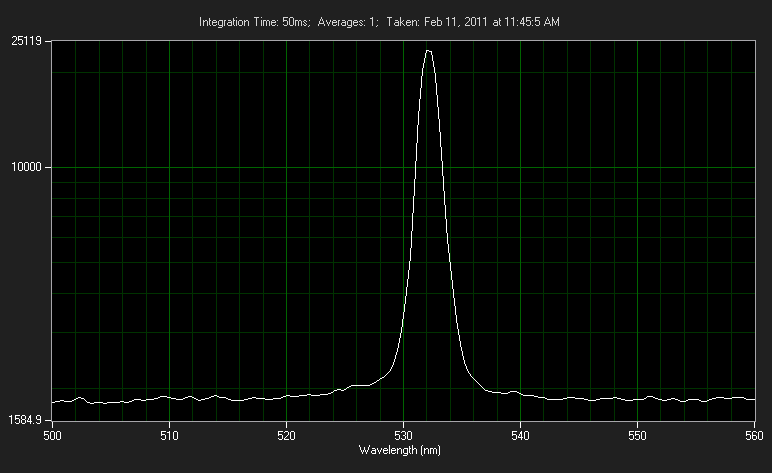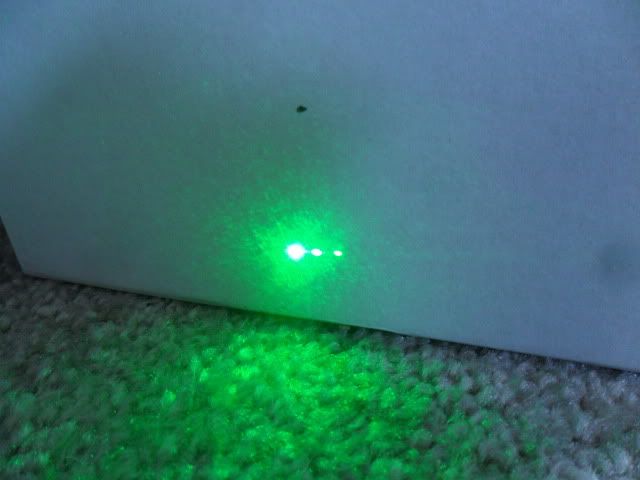- Joined
- Sep 12, 2007
- Messages
- 9,399
- Points
- 113
So here are two ways I would usually see the spectrum of a light source: diffraction and spectrometer.



There is one wavelength on this pointer - 532nm as you might expect. However, this particular transformable pointer from O-Like exhibits some stranger readings.


There are two additional lines at about 537nm, and 542nm. I've never heard of a 1074nm or 1085nm Nd lines. How is this possible??






There is one wavelength on this pointer - 532nm as you might expect. However, this particular transformable pointer from O-Like exhibits some stranger readings.


There are two additional lines at about 537nm, and 542nm. I've never heard of a 1074nm or 1085nm Nd lines. How is this possible??
Last edited:




